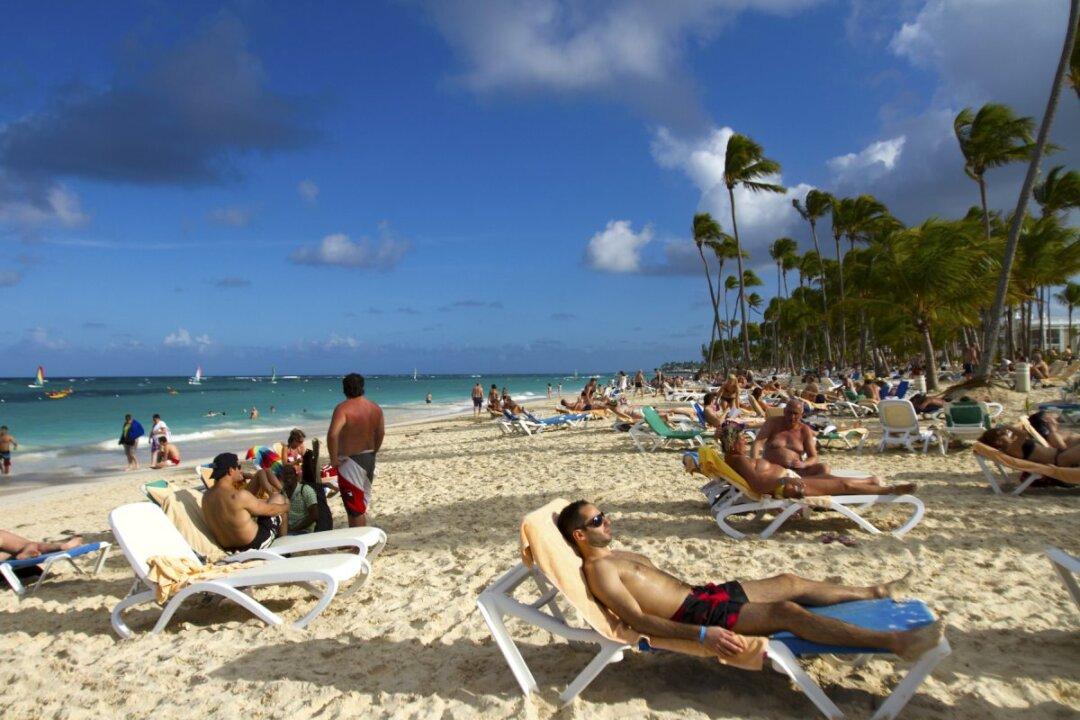A Pennsylvania woman died this week after she was reportedly swept out to sea in the Dominican Republic.
Surely Miller’s body was recovered by a local fisherman on June 12, reported Dominican Today.


A Pennsylvania woman died this week after she was reportedly swept out to sea in the Dominican Republic.